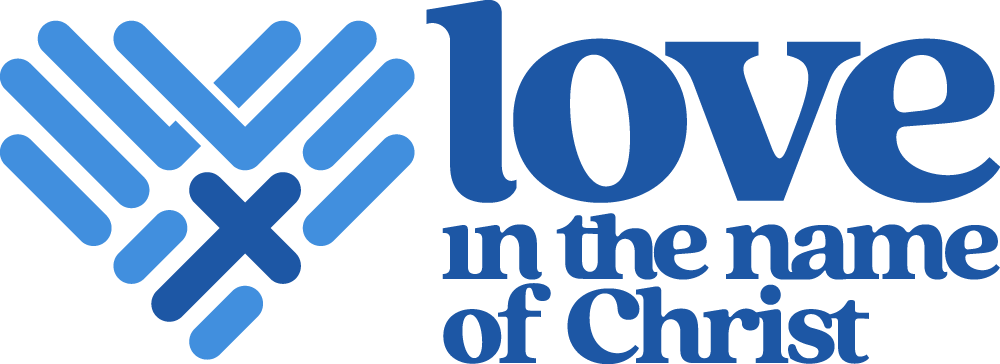The New York Instances (NYT) Crossword Puzzle is a beloved ritual for a lot of, with its clever clues, puns, and wordplay creating a enjoyable but challenging experience. Nonetheless, some puzzles will be notoriously tough, leaving solvers stumped. Fortuitously, there are strategies for finding and understanding NYT Crossword Puzzle solutions without compromising the joy of solving. In this article, we’ll explore ways to decode clues, useful ideas for finding answers, and resources that may guide you through even the trickiest puzzles.
1. Start with the Easy Clues
Each puzzle, even the hardest ones, usually incorporates a couple of accessible clues that assist you to achieve momentum. Start by scanning the crossword for clues which can be straightforward or match areas of your expertise. Typically, themes or recurring clue styles will help, so focus on figuring out any patterns within the puzzle. As an illustration, in many themed puzzles, the longer entries might relate to the puzzle’s title or a central idea that can offer clues to different answers.
2. Look for Common Crossword Clues and Patterns
Over time, NYT crosswords develop certain patterns and clues that seem frequently. Words like “period” (typically clued as “Historical interval”), “ale” (for “Brew”), and “eel” (as a typical fish in crosswords) are commonly utilized in NYT puzzles. These “crosswordese” words are valuable in any crossword puzzle as they tend to have many vowels and are handy for filling gaps. By familiarizing your self with widespread crosswordese, you’ll find it simpler to fill in letters or words, serving to to solve surrounding clues.
3. Understand the Clue Structure
NYT crosswords are known for their wordplay, so understanding how clues are structured can provide you a significant advantage. There are a number of types of clues you’ll encounter:
– Direct Clues: These are straightforward, providing a literal hint to the answer. For instance, “Capital of France” would be “Paris.”
– Cryptic Clues: These often have double meanings, puns, or misleading phrasing. An instance is perhaps “Train as soon as more?” with the answer “Reeducate.” Recognizing puns or homophones may also help with these clues.
– Abbreviations and Initials: Clues that involve abbreviations typically point out this with abbreviations within the clue. If the clue says “Approx.” or “Quick,” the answer may be abbreviated.
– Query Marks: While you see a query mark at the end of a clue, anticipate wordplay. These clues typically use puns or misleading phrases, like “Works on the margins?” with a solution of “Edits.”
Understanding these buildings can improve your possibilities of fixing clues appropriately, as they reveal the puzzle’s inner logic.
4. Use Crossword-Specific Resources
Sometimes, even with knowledge and experience, certain clues or solutions might be elusive. Here are some tools and resources that may help:
– Crossword Solver Websites: Websites like Crossword Solver, One Across, and the official NYT Crossword app offer help for solvers stuck on specific clues. Enter the letters you know and a blank for unknown letters to search out potential answers.
– Crossword Dictionaries and Apps: Dictionaries particular to crosswords list commonly used words, abbreviations, and phrases. Apps like “NYT Games” and “Crossword Solver” are popular among crossword enthusiasts.
– On-line Boards and Communities: The NYT Crossword has a large, active community. Platforms like Reddit (r/crossword) or the Wordplay blog on the NYT website discuss clues, provide hints, and share suggestions for solving.
Using these resources sparingly can help you understand challenging clues while still keeping the joy of solving intact.
5. Observe and Be taught from Each Puzzle
Common apply is likely one of the best ways to grow to be a skilled crossword solver. By fixing puzzles persistently, you’ll gradually grow to be familiar with frequent clue structures, themes, and answers. Pay attention to recurring words, types of wordplay, and themed puzzles, as these insights will enhance your ability to seek out solutions faster.
Additionally, reviewing the solution after you complete (or partially full) a puzzle is incredibly beneficial. Take time to check the answers, particularly those that gave you trouble, to see what you may have missed in the clues. If there have been puns, double meanings, or other wordplay concerned, this observe will make it easier to develop a stronger intuition for recognizing related patterns in the future.
6. Embrace the Challenge and Have Fun
Some of the rewarding features of fixing NYT crosswords is the intellectual challenge it offers. Rather than seeing tough clues as setbacks, embrace them as part of the learning process. Each puzzle can really feel like a mini-thriller that, as soon as solved, leaves you with a satisfying “aha!” moment.
Puzzles gradually enhance in issue from Monday to Saturday, with Sunday typically being a bigger however moderate-level puzzle. This setup lets you build your skills throughout the week. In the event you’re a newbie, start with Monday puzzles and work your way up. Saturday puzzles, known to be the hardest, generally is a great challenge to test your skills when you’re more experienced.
Conclusion
Discovering and understanding NYT Crossword Puzzle solutions is as much about observe and persistence as it is about knowing where to look and the best way to interpret clues. By starting with simple clues, familiarizing yourself with common patterns, and utilizing crossword-specific resources, you possibly can improve your solving skills and enjoy the challenge that comes with every puzzle. Embrace the learning process, and with time, you’ll find yourself cracking even the toughest of puzzles.
For those who have just about any questions regarding wherever and also tips on how to work with deb amlen crossword answers, you can e mail us in our own web site.

